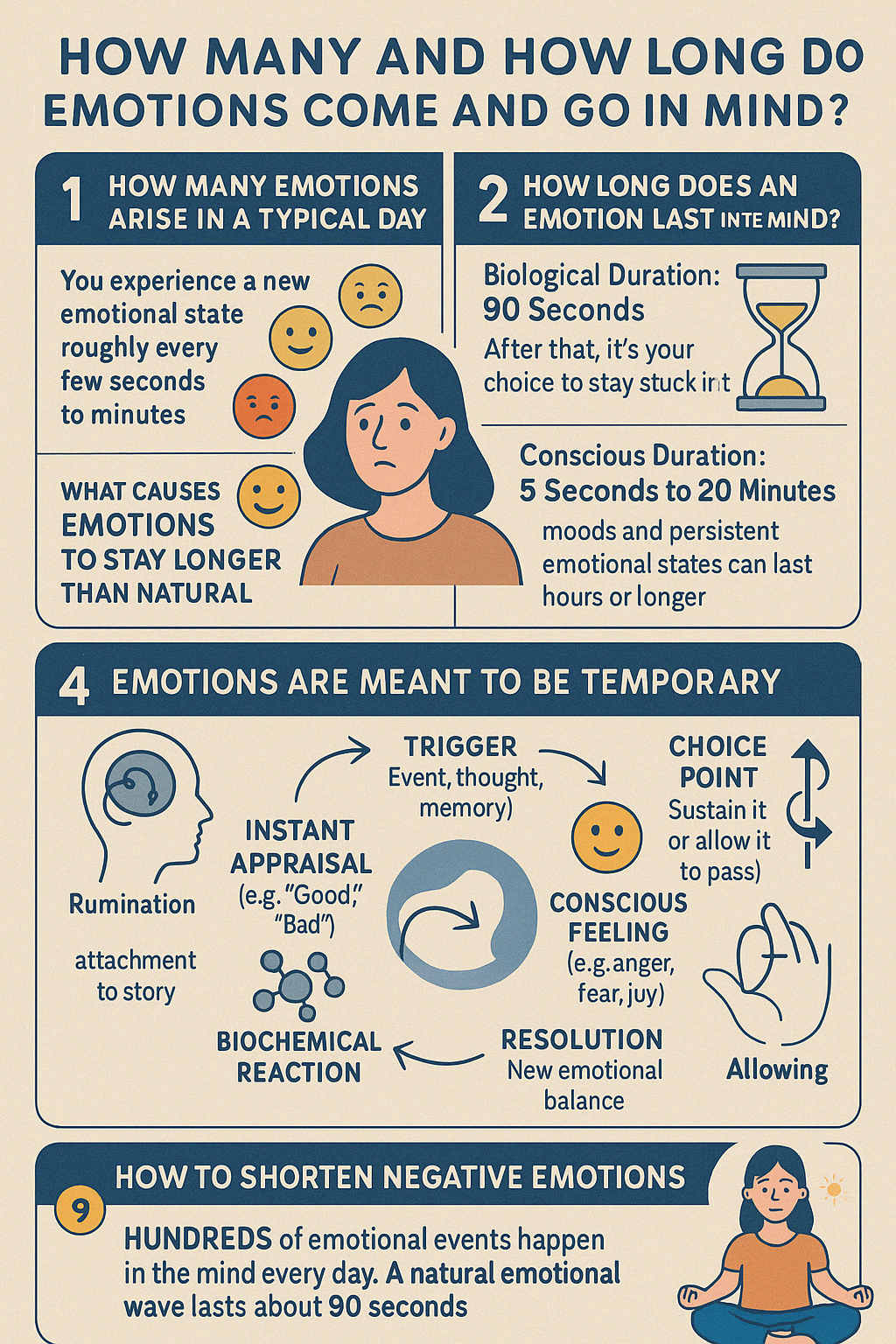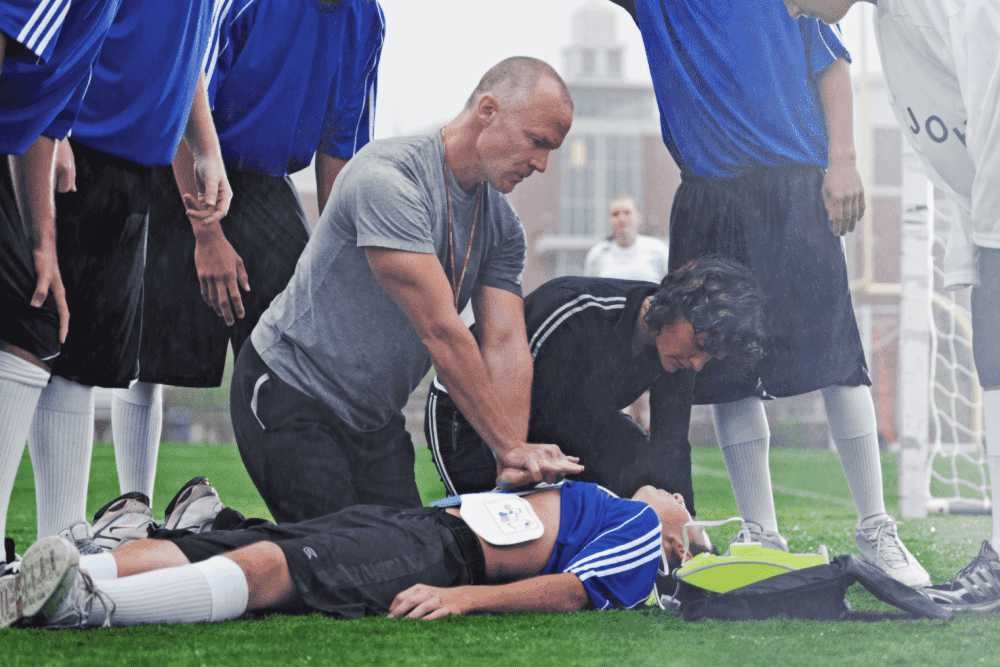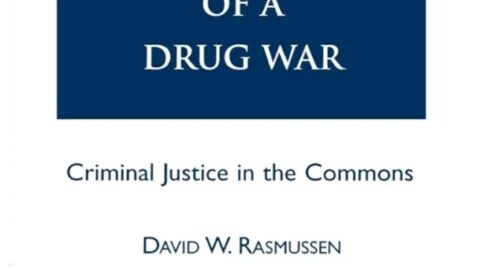How Many Emotions Arise in the Mind?
- Hundreds of emotions can arise in a day.
Studies show that the average person experiences around 300 to 400 distinct emotional experiences every day.
(Some studies suggest even more, depending on how you define a “distinct emotional state.”) - Multiple emotions can occur at once.
You’re rarely experiencing only one “pure” emotion. You might feel happy but also anxious.
This is called emotional complexity or emotional layering. - Most emotional responses are subconscious.
Up to 90% of emotional responses happen below your conscious awareness — micro-reactions to stimuli (like a sound, a thought, a smell) cause quick emotional shifts without you even realizing it. - Emotion is continual.
The brain is constantly evaluating and reacting to your environment — even when you’re “neutral” or “bored,” that’s actually a subtle emotional state.
In short:
Your brain is emotionally active almost every second, and you’re probably moving through hundreds of small emotional changes a day — some noticeable, some very subtle.
How Long Does an Emotion Last? (Scientifically)
Here’s where it gets fascinating:
- Biochemical emotions last 60 to 90 seconds.
According to Harvard brain scientist Dr. Jill Bolte Taylor,
“When a person has a reaction to something in their environment, there’s a 90-second chemical process that happens in the body. After that, any remaining emotional response is the person choosing to stay in that emotional loop.”
Translation:
The physical, biological surge of an emotion (e.g., adrenaline when you’re angry) lasts only about 1.5 minutes.
Beyond that?
You sustain the emotion by replaying the story, memory, or triggering thought in your mind.
- Average emotional episode duration:
Research shows that most consciously felt emotions last about 6 seconds to 10 minutes unless actively re-triggered.
| Emotion | Average Duration |
|---|---|
| Joy | ~ 3 to 7 minutes |
| Anger | ~ 5 to 10 minutes (can be shorter or longer depending on rumination) |
| Sadness | ~ longer: often 15 minutes to hours (especially tied to loss) |
| Fear | ~ 1 to 5 minutes (unless anxiety re-triggers it) |
| Shame / Guilt | ~ very sticky: can linger for hours to days without resolution |
- Rumination makes emotions “recycle.”
If you keep thinking about something, you re-trigger the emotion again and again —
making it feel like the emotion lasts for hours, days, or even months. - Positive emotions dissipate faster unless intentionally savored.
Negative emotions (fear, anger, anxiety) tend to “stick” longer unless consciously processed because they evolved to keep you alert to danger.
Stages of an Emotion (Life Cycle of an Emotion)
Here’s how an emotion moves through your mind:
- Trigger Event
(some stimulus — internal thought or external event) - Automatic Appraisal
(the brain instantly labels it: good, bad, threat, reward) - Biochemical Reaction
(hormones like adrenaline, dopamine, cortisol flood your body) - Conscious Awareness
(you feel anger or joy or fear) - Cognitive Processing
(you start thinking about it, judging it, reacting to it) - Sustain or Let Go
(you either feed it with attention — or let it fade) - Emotional Dissolution
(if not fed, the chemicals fade, and the emotion passes)
Emotions vs. Moods vs. Traits
- Emotions = Short-lived (seconds to minutes)
(e.g., you feel fear when a car nearly hits you) - Moods = Longer (hours to days)
(more generalized states, like irritability or contentment) - Traits = Habitual patterns
(e.g., being optimistic or anxious regularly is part of your personality wiring)
Interesting Facts About Emotional Timing
- Anger can fade naturally within 90 seconds if not mentally re-fed.
- Sadness is one of the longest-lasting emotions because it often forces reflection and can attach to important meanings (loss, loneliness, self-worth).
- Fear spikes and falls very quickly unless you fuel it into anxiety.
- Joy often fades quickly — unless you savor it intentionally by reflecting on it.
- Gratitude practice can extend positive emotional states significantly — making people happier long term.
How You Can Change How Long an Emotion Lasts
| To Shorten Negative Emotions | To Lengthen Positive Emotions |
|---|---|
| Deep breathing | Reflect on why you are grateful |
| Label the emotion accurately (“I’m feeling anxious”) | Savor the moment and describe it mentally |
| Physically move (walk, stretch) | Share the feeling with someone (amplify it) |
| Reframe the story (“This isn’t catastrophic”) | Reflect on your strengths |
| Acceptance (not fighting the feeling) | Absorb the sensations fully |
Summary Chart:
| Concept | Detail |
|---|---|
| Emotions arise how often? | Every few seconds to minutes; hundreds per day |
| How long do emotions last naturally? | 60–90 seconds (biochemical), longer if re-triggered |
| Major negative emotion duration? | Minutes to hours if not processed |
| What keeps emotions alive? | Rumination, rethinking, replaying the story |
| Control over emotions? | High — awareness and processing can shift them |
Thoughts:
“You are not your emotions — you are the observer who can choose to ride them or release them.”
Emotions are real, powerful, and important, but they are also impermanent visitors.
The better you understand their cycle, the freer you become.
Emotions are the invisible currents shaping our internal experience of reality.
We might believe emotions come and go randomly, but science, psychology, and ancient wisdom traditions show that emotions actually follow distinct patterns — in frequency, duration, and intensity.
Understanding how often emotions arise, how long they naturally last, and what sustains them can change the way you manage your inner life dramatically.
Let’s dive into the fascinating lifecycle of emotions in the mind.
How Many Emotions Arise in a Typical Day?
- Emotional Activity is Constant:
The brain is designed to be an “emotional organ.”
It processes emotional reactions continuously, even when we are unaware of them.
Research shows that the average person experiences hundreds to thousands of emotional shifts every single day. - Micro-emotions:
Not all emotional reactions are large or conscious.
Most emotional activity is small, fleeting, and subconscious.
For example, a subtle feeling of irritation when a message notification pops up, or a tiny jolt of happiness when seeing sunshine. - Complex Emotions:
Rarely do we feel just one pure emotion at a time.
Often, emotions are layered — you might feel grateful and melancholic at once.
Summary:
You experience a new emotional state roughly every few seconds to minutes, ranging from subtle shifts to strong waves.
How Long Does an Emotion Last in the Mind?
Biological Duration: 90 Seconds
- Scientific discovery:
According to Dr. Jill Bolte Taylor (Harvard-trained brain scientist), when an emotion is triggered, the actual chemical process in the brain and body — involving hormones like adrenaline, dopamine, and cortisol — lasts about 90 seconds.
After that initial surge, if you continue to feel the emotion, it’s because you are re-triggering it mentally — replaying the story in your mind, refueling the emotion.
Quote:
“An emotion lasts 90 seconds. After that, it’s your choice to stay stuck in it.”
Conscious Duration: 5 Seconds to 20 Minutes
- On average, a single emotional wave lasts between 6 seconds and 20 minutes, depending on:
- The intensity of the stimulus
- Your thoughts (rumination prolongs)
- Your personality (some people savor positive emotions longer, others get stuck in negativity)
- Context (trauma or deep loss can massively extend emotional processing)
Moods and Persistent Emotional States
- Moods (like melancholy or irritability) are sustained emotional states that can last hours or even days.
- Persistent emotional patterns (anxious tendencies, depressive styles) can extend certain emotions into weeks, months, or longer without deliberate emotional work.
What Causes Emotions to Stay Longer Than Natural?
Emotions are extended by:
- Rumination:
Mentally re-playing an event over and over. - Attachment to Story:
Believing the thoughts (“They wronged me,” “This is unfair”) that reinforce emotional energy. - Suppression or Resistance:
Trying to fight or suppress an emotion actually tends to anchor it deeper into the body and mind. - Trauma loops:
Past trauma can get reactivated easily, causing old emotions to be relived endlessly. - Biological factors:
Sleep deprivation, hormonal imbalances, chronic stress can increase the intensity and stickiness of emotions.
Emotions Are Meant to Be Temporary
Emotions are nature’s messenger system, not a permanent state.
- They arise to signal something (danger, opportunity, connection, threat).
- Once acknowledged and understood, they are designed to dissolve naturally.
- The healthier your emotional regulation skills, the faster and more gracefully you can move through emotions.
Visual: Life Cycle of an Emotion
- Trigger →
(event, thought, memory) - Instant Appraisal →
(“Good”, “Bad”, “Dangerous”, “Exciting”) - Biochemical Reaction →
(adrenaline, dopamine, cortisol) - Conscious Feeling →
(e.g., anger, fear, joy) - Choice Point →
Sustain it (rumination) or allow it to pass (acceptance) - Resolution →
New emotional balance.
How to Shorten Negative Emotions
| Technique | How It Helps |
|---|---|
| Deep Breathing | Calms the nervous system and stops hormone surges. |
| Mindful Labeling | “Name it to tame it” — reduces amygdala activation. |
| Movement (Exercise) | Discharges stress chemicals from the body. |
| Cognitive Reframing | See the situation from a different angle. |
| Allowing | Non-resistance allows emotions to complete their cycle. |
Why Positive Emotions Fade Quickly
Interestingly, positive emotions often fade faster than negative ones because:
- They don’t trigger “threat” systems.
- The brain is biased toward negative experiences for survival reasons (Negativity Bias).
- Positive experiences require intentional savoring to last longer.
Practical tip:
Consciously reflect on what you are enjoying and feeling grateful for to “stretch out” positive emotions.
Key Takeaways
- Hundreds of emotional events happen in the mind every day.
- A natural emotional wave lasts about 90 seconds.
- Extended emotions are created by mental reactivation — not biology.
- You can train your mind to move through emotions more fluidly.
- Positive emotions need nurturing; negative emotions need understanding.
Final Thought:
“You are the sky. Emotions are just the weather.” — Pema Chödrön
Your emotions are important — but they do not define you. They are impermanent guides inviting you into deeper awareness and healthier responses.







